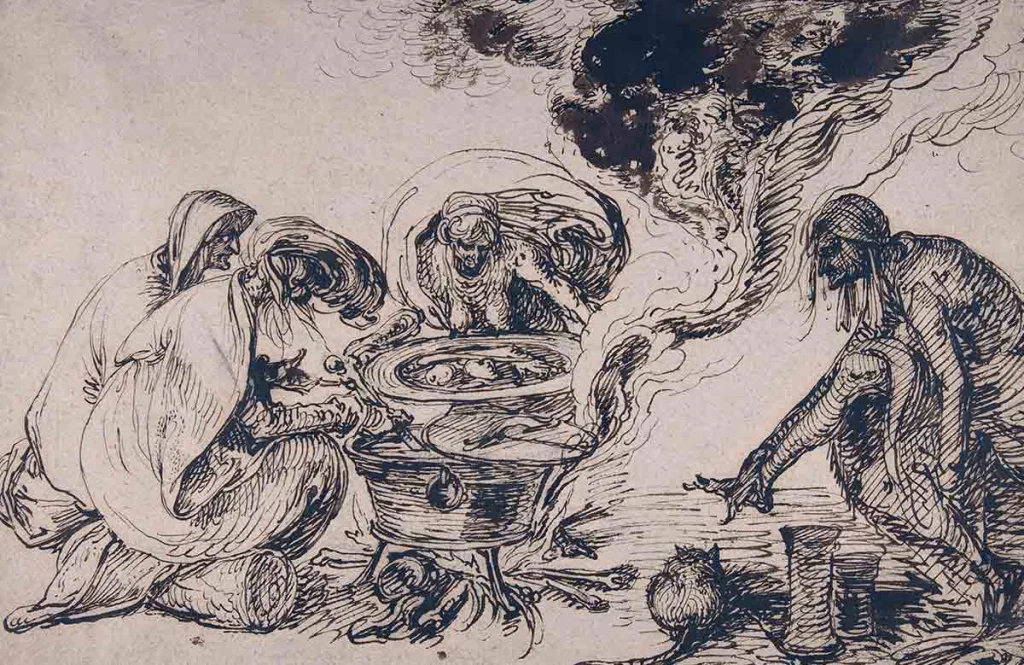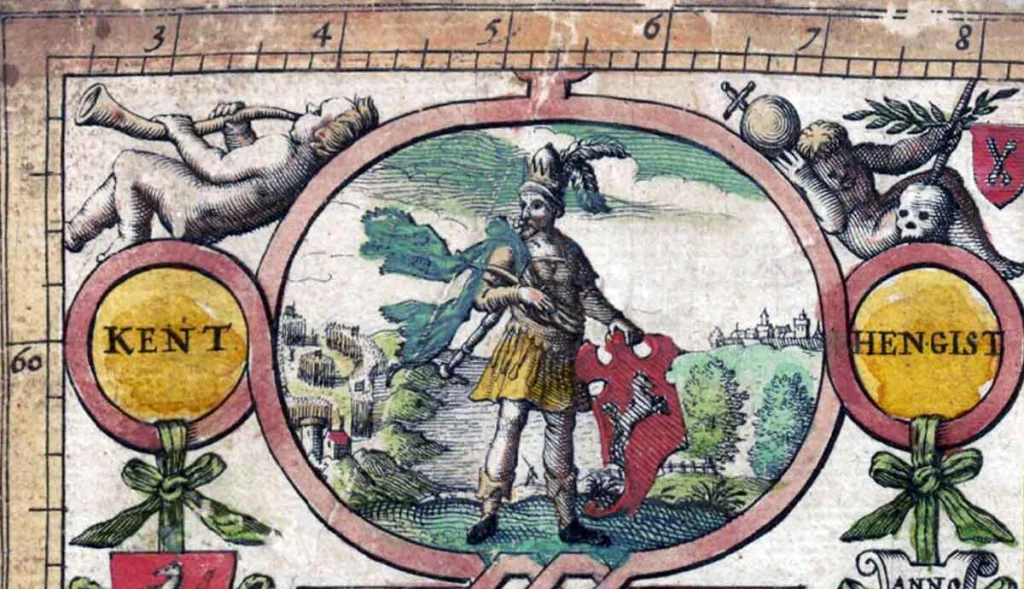# Love, War, and Choice: The Story of Lizzie and Frank Ward
In the spring of 1860, Lizzie and Frank Ward fell in love. They walked through the northern Pennsylvania woods, attended church socials, and stole kisses under the stars. Frank, smitten, scribbled in his diary one March night: “Closely held in loving arms we lay, embraced, and kissed all night.”
Two years later, as the Civil War raged, Frank enlisted in the Union army. The couple rushed into marriage before he left for the front. Their love story, preserved in Frank’s diary, offers a rare glimpse into the private lives of 19th-century Americans—where passion, hardship, and personal choices collided with war, medicine, and shifting social norms.
A Marriage Forged in War
Frank was wounded at the Battle of Chancellorsville in 1863 and sent home to Towanda, Pennsylvania, to recover. By then, he and Lizzie had already faced one of life’s difficult decisions. Early in their marriage, Lizzie had ended a pregnancy. Frank noted matter-of-factly in his journal: “She was going to have a child, but she took an effective remedy.”
At the time, such remedies were common—and, in many places, not yet controversial.
When Frank recovered enough to rejoin the war effort, he was assigned to the Invalid Corps, working as a clerk in an army hospital in Alexandria, Virginia. Soon, he secured Lizzie a position supervising laundresses. Their real married life began in those hospital quarters. They played checkers (Lizzie won every game), studied French and Greek, and struggled to make ends meet amid wartime inflation.
Frank once bought a frying pan for $10—nearly £200 today—and rented it out to other families for 15 cents a week, proudly noting he’d already recouped most of the cost. They sold rations—coffee, sugar, ham, bread—to scrape by.
A Difficult Choice in Hard Times
Early in 1864, Lizzie became pregnant again. But their life in the hospital was precarious, and raising a child there seemed impossible. Without telling Frank, she obtained medicine from Martha Gee, another soldier’s wife, and ended the pregnancy.
Frank only learned of it days later when Lizzie fell ill with a sore throat. The doctor, more concerned with her infection than the abortion, lanced a swelling in her throat to drain the pus. Neither Frank nor the physician seemed troubled by Lizzie’s decision—a reflection of common attitudes at the time.
In mid-19th century America, abortion before “quickening” (when a woman first felt fetal movement) was widely tolerated, even in states where it was technically illegal. Most doctors saw early pregnancy termination as a private matter, not a moral crisis.
The Campaign to Criminalize Abortion
But change was coming.
In 1859, a group of elite physicians, led by Harvard-trained Horatio Robinson Storer, launched a crusade against abortion. Their motives weren’t purely medical—they were also fighting for professional dominance in an unregulated field where homeopaths, herbalists, and quacks competed with university-trained doctors.
Storer framed abortion as a moral crime, targeting state legislatures with letter campaigns. By 1880, every U.S. state and territory had criminalized abortion.
But the backlash wasn’t just about medicine—it was about fear.
Nativism, Feminism, and the Fear of Change
The mid-1800s saw waves of immigration, and nativists—those who believed America should be dominated by white, Protestant families—panicked. Storer warned in an 1866 book: “Shall [the West] be filled by our own children or by those of aliens?”
Ironically, Lizzie and Frank were exactly the kind of Americans nativists wanted—old-stock, educated, and Protestant. Yet after their son Roy died in infancy in 1866, they chose not to have more children. When Lizzie had a pregnancy scare in 1868, Frank wrote with relief: “On Monday, my wife, who had passed her period three entire weeks… finally became sick, which turned our solicitude to joy.”
Meanwhile, Martha Gee, the woman who had helped Lizzie, went on to have six children while struggling in poverty. By 1900, America’s birth rate had plummeted—more couples, like the Wards, were limiting family size.
Lizzie also defied tradition in other ways. She outscored Frank on a teachers’ exam, studied Latin with him, and co-published a newsletter called The Iconoclast. Such independence unsettled conservatives. Storer railed against “unwomanly women” who dared step outside their “God-given sphere.”
The Lasting Impact of the Crackdown
By the 1870s, abortion had become a battleground in America’s culture wars. In 1873, anti-vice crusader Anthony Comstock pushed through a federal law banning the mailing of abortion or contraceptive information. Access to safe remedies vanished overnight.
Yet women didn’t stop seeking abortions—they just risked more danger to get them. As historian Leslie Reagan notes, many held an “unarticulated, alternative, popular morality” that prioritized personal welfare over the law.
A Story That Echoes Today
Lizzie and Frank’s lives remind us that debates over reproduction, women’s autonomy, and family planning are not new. Their choices—shaped by love, war, and circumstance—mirror struggles still faced today.
Frank, who later became a founding sociologist, never condemned Lizzie’s decisions in his diary. Perhaps he understood that life, especially in turbulent times, often demands difficult choices.
And perhaps that’s a lesson worth remembering.










































